Tagged: approaches and processes do you use?, Discuss how you and your colleagues determine the importance of involving one stakeholder versus another– what methods
-
CreatorTopic
-
04/20/2016 at 9:35 am #4820
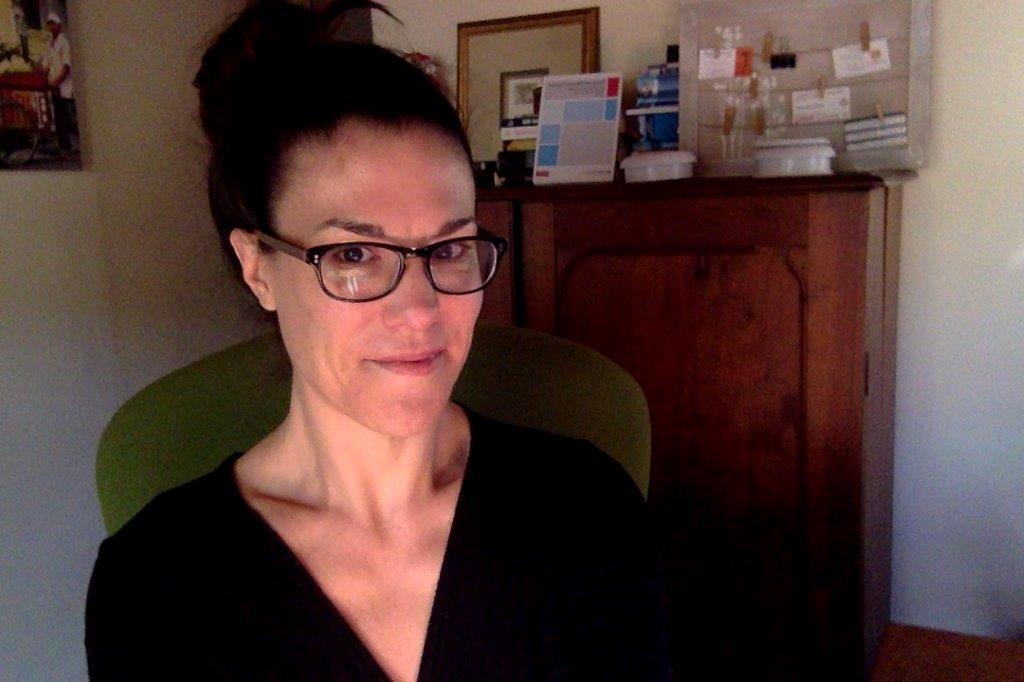 AnneMember
AnneMemberDiscuss how you and your colleagues determine the importance of involving one stakeholder versus another– what methods, approaches and processes do you use?
-
CreatorTopic
-
AuthorReplies
-
-
05/26/2016 at 11:38 am #5164
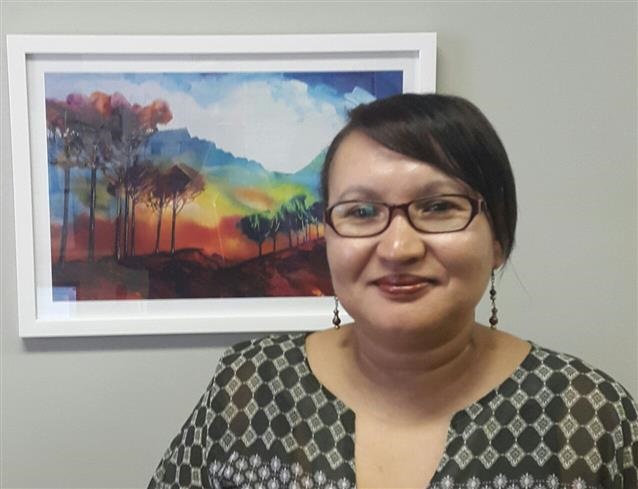 AntheaMember
AntheaMemberBeing involved in researching community engagement in HIV vaccine research I have not had an input into the identification or prioritisation of stakeholders. The sites at which I have conducted research tend to use an approach in which they partner and collaborate with existing governmental, NGO and CBOs, religious organisations, health and HIV-related organisations in the community in their efforts to raise awareness of the research being conducted. The primary mechanism for stakeholder engagement in these settings, however, is the CAB.
-
05/16/2016 at 2:07 pm #5053
 NkundaMember
NkundaMemberChoosing which stakeholders to involve depends on the target population for that particular study. Our CABs are our primary source of information when it comes to identifying relevant stakeholders. We also refer to district and national HIV-related directories; receive recommendatiosn from other stakeholders; use existing databases of stakeholders; and also carry out brainstorming sessions within the team.
-
05/09/2016 at 9:30 pm #5016
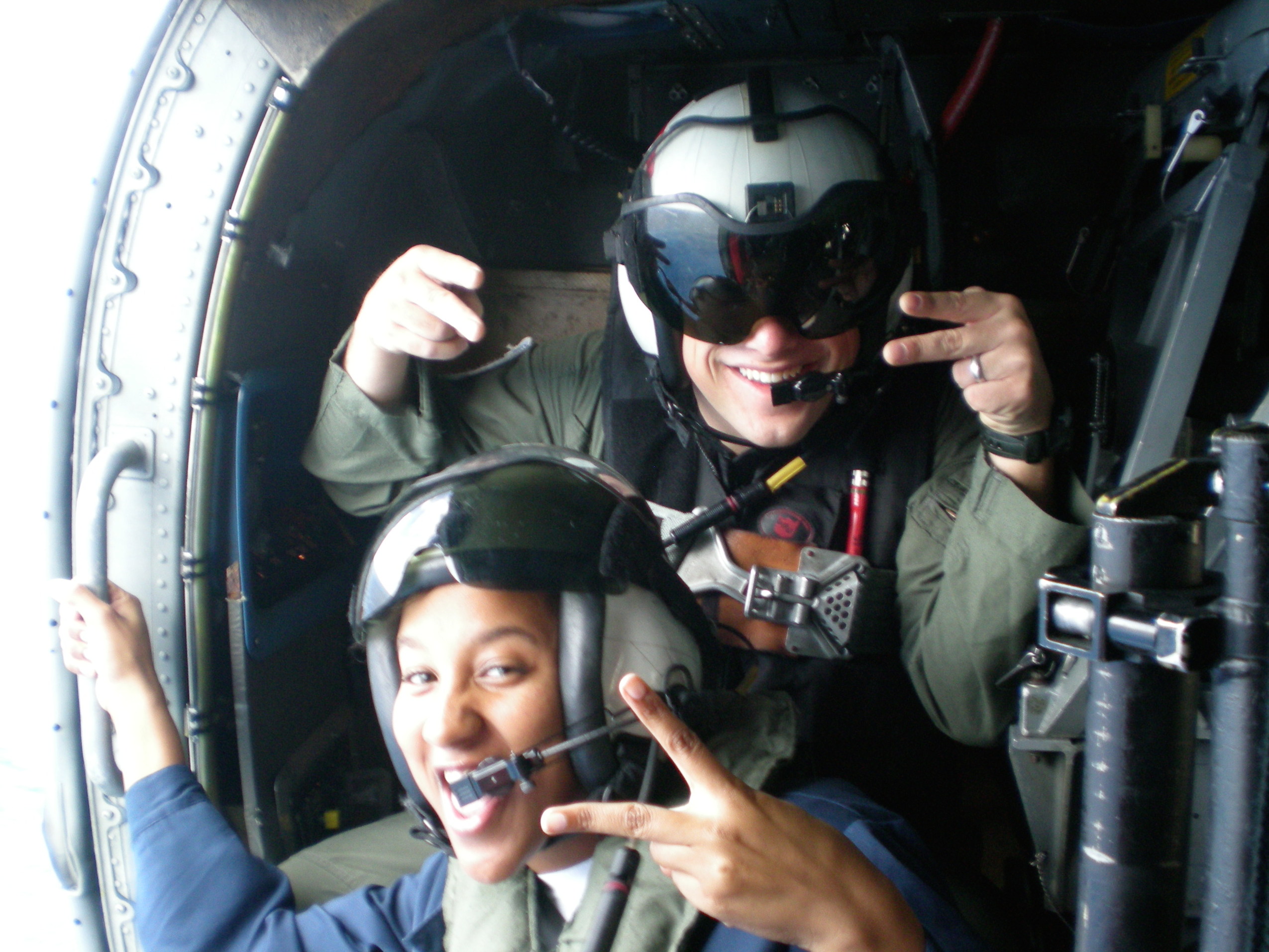 SantorraMember
SantorraMemberI think that Richard makes a good point about ruling out some stakeholders simply because they may not hold the characteristics that are needed at a given moment. Something that I left out in my post is that we do try to think about how to maintain a presence in communities/populations that are not the focus of a current study. While it’s important to maintain a presence and allow stakeholder involvement from these groups during down-time due to politics, we also want to remain ethical and don’t want already vulnerable populations to feel used.
-
05/09/2016 at 9:22 pm #5015
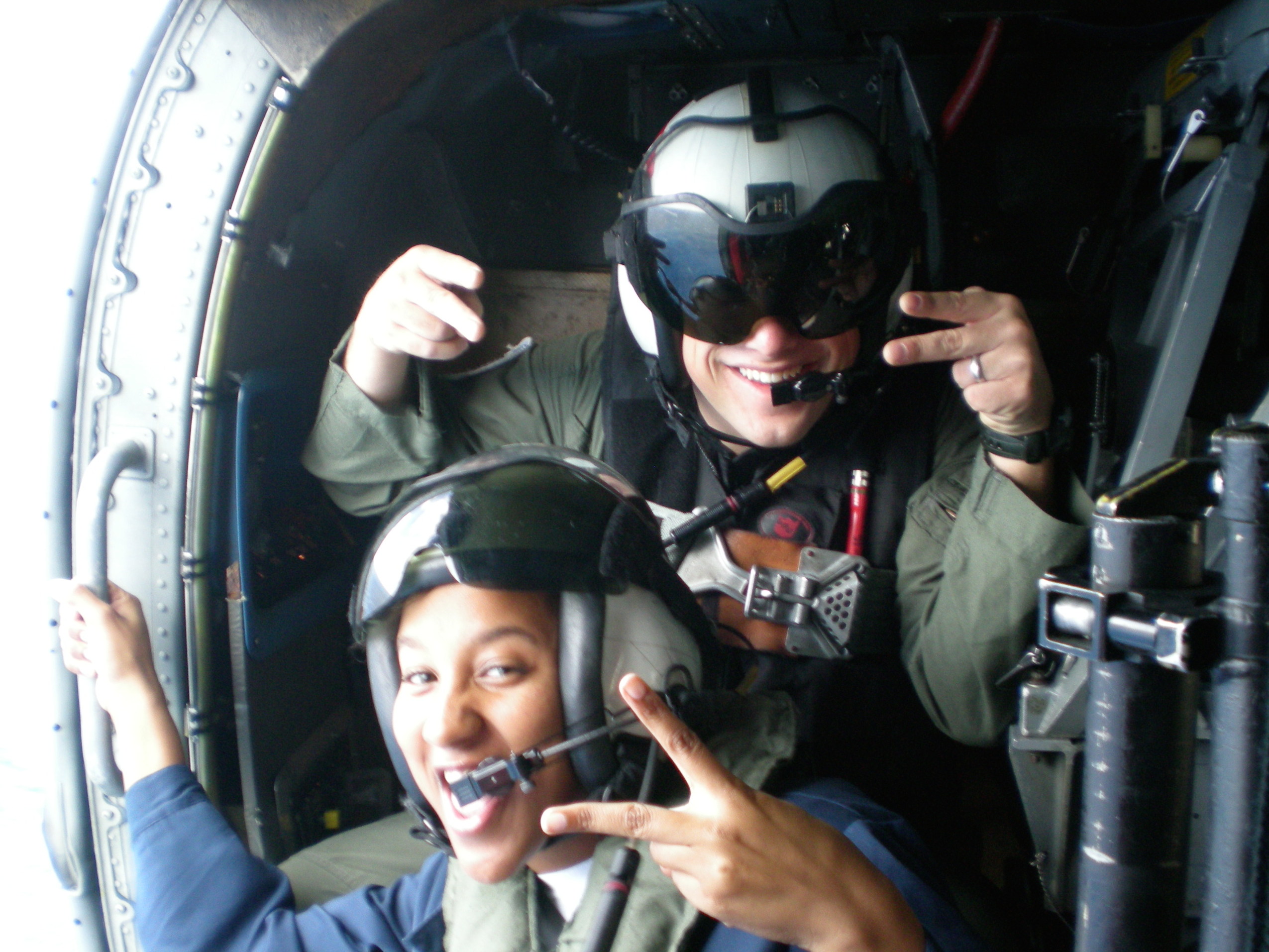 SantorraMember
SantorraMemberWhen the subject of stakeholder involvement comes up at our clinic, it is typically in the form of a suggestion–i.e. “Let’s contact so-and-so to tell them about this study…” Because we do not have many stakeholders outside of our CAB (in terms of number and diversity), as a team, we have not typically discussed involving one stakeholder over another. Personally, I look for mutual beneficence and the involvement/impact that the stakeholder(s) have in the communities of our target population as well as the general community as a whole. I am hoping that once our initial stakeholder engagement plan is created that these types of conversations will be prevalent and prove to be fruitful in successful engagement.
-
05/04/2016 at 12:04 pm #4970
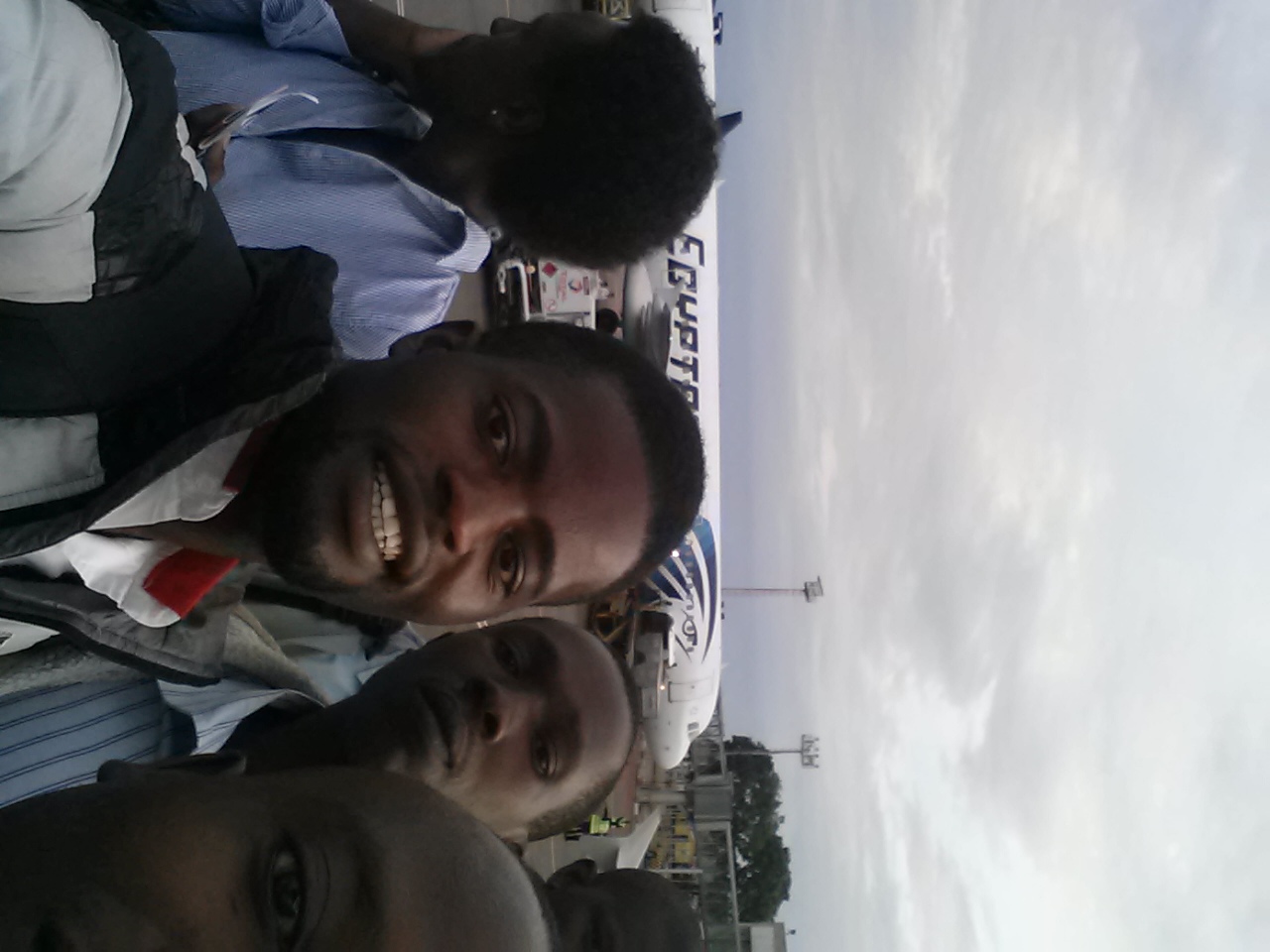 kennethMember
kennethMemberWe majorly base on influence,interest and investment the stakeholder may have in relation to our study.What kind of people are we interested in that we believe are essential for promoting the interests of our research. Normally we draw from our inventory list of stakeholders we have worked with and continue to have good relations with. Very many individuals are always willing to work with us but basing on our experience with the community, we always assess by attaching power, influence and investment into our research. importance is attached in relation with the levels scored by each identified stakeholder according to the scaling. This helps us come up with an approach and framework of how to work with each of them effeiciently and effectively.
-
05/03/2016 at 2:40 pm #4956
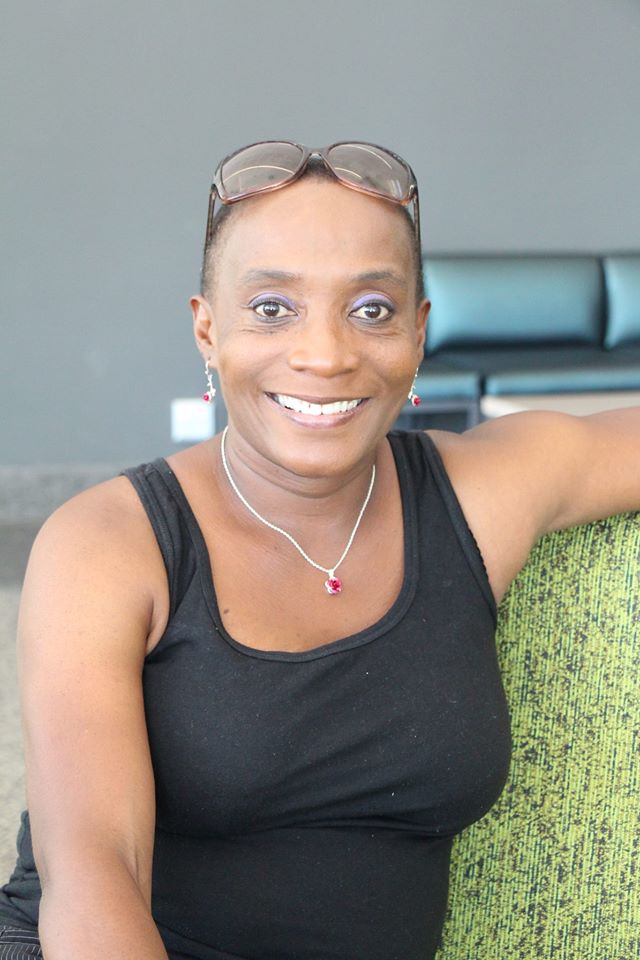 MarieMember
MarieMemberAlison this is in response to your question about how we engage adolescents. First of all we approach the whole exercise from a mentorship capacity so alot of consideration is put into what we do. Adolescent maturity is at different levels so bases on that we start transition phasing from adolescents to younng adults, bearing in mind that the aim is to educate and empower them so that they can contribute freely to any discussion rather than make them feel intimidated and uncomfortable. Discussions need planning for one to have constructive dialogue so if possible we give them ample time to prepare so that they can do “research” . Enough time also means that they can consult with other adolescents outside of their groups and get more input and different perspectives. When they engage in discussion , even with adults we make it a debate rather than an open discussion because this is what adoloscents are about! So in summary doing things their way brings out the best in them.
-
05/04/2016 at 7:41 am #4960
Alison
MemberThanks Marie for answering my question. I also wanted to hear about where you access the adolescents? Where do you meet and how do you ‘bring them in’? whats the incentive? I know these may seem like easy questions but I would like to see how it works practically at your site. Thanks 🙂
-
-
05/03/2016 at 1:57 pm #4953
Phumeza
MemberThats a good one, At my site we have four different CAB’s that serve different projects. Youth CAB serve projects that are youth focused, Prevention CAB serves HIV prevention projects e.t.c. You can not choose to involve one stakeholder and not the other but you can prioritise. review your stakeholders list and select first the ones that are relevant to the current project (e.g. Adolescent and youth project you look at your community youth organisations), review their influnce in the community, what methods do they us to communicate with the community and how often and if they are interested in the project outcome.
-
05/03/2016 at 1:18 pm #4952
 JamesMember
JamesMemberWe try to have an overview of a trial. The overview of a trial will help to identify an appropriate stakeholder at each stage or phase of a trial. The assessment is done through various ways, such as mapping, focus groups, interviews and conversations with key informants and of course, consultations with the CAB. At each phase of a study trial there are always stakeholders who will be more important than others depending on the agenda of a trial, objectives and goals which can result to power and influence imbalances during a research trial process. To bring about success , we do find an appropriate mechanism to synergize.
After stakeholder selection is done, in my case we usually have meetings separately to avoid confusion or misunderstanding among different classes of categories of stakeholders. The groups may be categorized as follows for example we can have MSM Led organizations/MSM Friendly organizations, Human Rights groups /Research Advocacy groups/ media groups and finally the (CAB)
The aim of this arrangement is to introduce the study to all the identified stakeholders first and then then come down to who will be directly involved through out the implementation of the study.We should agree that depending on a phase and agenda of a trial, other stakeholders may be more relevant than the other. This also means that their engagement may be different from other identified stakeholders to another depending on their knowledge, influence, and regard in the general stakeholders community and also their will to take part in the specified trial.
-
05/03/2016 at 10:56 am #4950
 LuckyMember
LuckyMemberAfternoon colleagues
I have learnt something from you comment regarding police representative and I guess with that kind of involved the creditability of CAG is stronger.
thanks
Lucky -
05/03/2016 at 5:01 am #4944
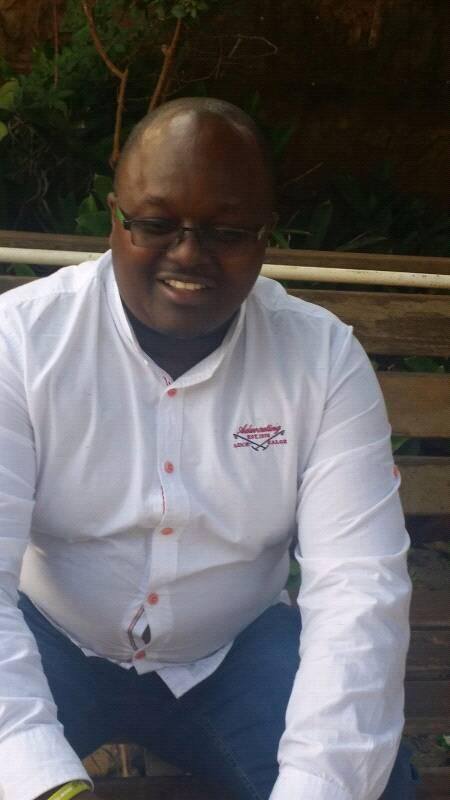 PeterMember
PeterMemberDetermining which stakeholder to involve is usually pegged on the time of the study,that is the study population,the location of the study and the resources available for stakeholder engagement.We usually tie the engagement to the best approach usually maximizing on the the available resources for maximum out put.We also use past experiences to determine which stakeholder is more practical to work with.I have previously seen some stakeholders decline participation despite making all efforts to involve them.Availability of resources and the inclusion of stakeholder involvement in the protocol determines the extent and who to involve.
-
04/29/2016 at 9:14 am #4931
Caroline
MemberIn our past and current trials, we mainly reached out to the sites – as stakeholders – in a pro-active manner to get their input and buy-in on the development and set-up of the study.
We have minimal experience where the site gave us input on involving and engaging additional community advisory boards. So the type of engagement and the identification of the correct stakeholder/public was done by the site.
From a sponsor perspective, we do not have experience in making a thorough exercise on the selection, comparison and identification of external stakeholders. Moving forward, we will build in steps in our process to pro-actively create stakeholder identification and engagement plans.
-
04/28/2016 at 11:08 am #4922
 JessicaMember
JessicaMemberRichard- I think your mention of a political component is an interesting one. Sometimes a stakeholder may be important to reach out to, solely for access to other stakeholders. For instance, interfacing with police may be an important first step to getting MSM or sex workers involved with a research site where those populations are criminalized.
Fanele- I think you raise an interesting point that engagement is a two way street, and just because we feel a stakeholder is important doesn’t meant they want to be involved. If they hold influence in a community it is still important that be involved so i think the quarterly updates are important. Do you feel as though quarterly updates are enough for stakeholders who really need to be involved, for instance those that may not be in favor of a trial?
-
04/26/2016 at 8:17 pm #4918
Fanele
MemberMethods that could be used to choose one stakeholder over the other, are
A survey that will assess stakeholder’s level of engagement, to be conducted with stakeholders
Hold engagement meetings to gauge a level of commitment from the stakeholder, one who will not prioritise stakeholder engagement a couple of times, shows lack of interest therefore you may want to engage that stakeholder for update meetings once in a quarter
-
04/26/2016 at 8:13 pm #4917
Fanele
MemberThis is an interesting question, prompting such good discussion. It is not an easy task to choose one stakeholder over the other. As a research site, we treat all stakeholder as important, but it is important to mention that stakeholders have different levels of interest on the subject matter, which is HIV prevention research. Most stakeholders are service providers, some view research sites as institutions that could meet they needs. Stakeholders that share the same interest as the research and participants are of priority. However, i would not want to cut all the ties with a stakeholder that has a lesser interest. For our site we have stakeholders that we have regular contacts with, and those that we get contact with for and during update times. It is important to highlight that involving stakeholders of the same age group as participants, plays an important role and ensures that the study population is well represented. Diversity is one of the keywords in stakeholder engagement.
-
04/26/2016 at 6:34 pm #4916
 RichardMember
RichardMemberFrom a sponsor perspective the most important stakeholder is probably the site. But besides that I would follow the blueprint, and select based on the importance, influence, interest and interest of the stakeholder. I agree with the previous comments that this is not an easy task, as each of them have specialties. I think one should act very cautiously in the selection process as there may also be a political aspect involved. By ruling our a less ‘important’ stakeholder now, they may not be interested the next time when you do need them. again, each stakeholder represents a different group/background/thinking so the order also depends on the goal you want to achieve.
-
04/26/2016 at 10:49 am #4911
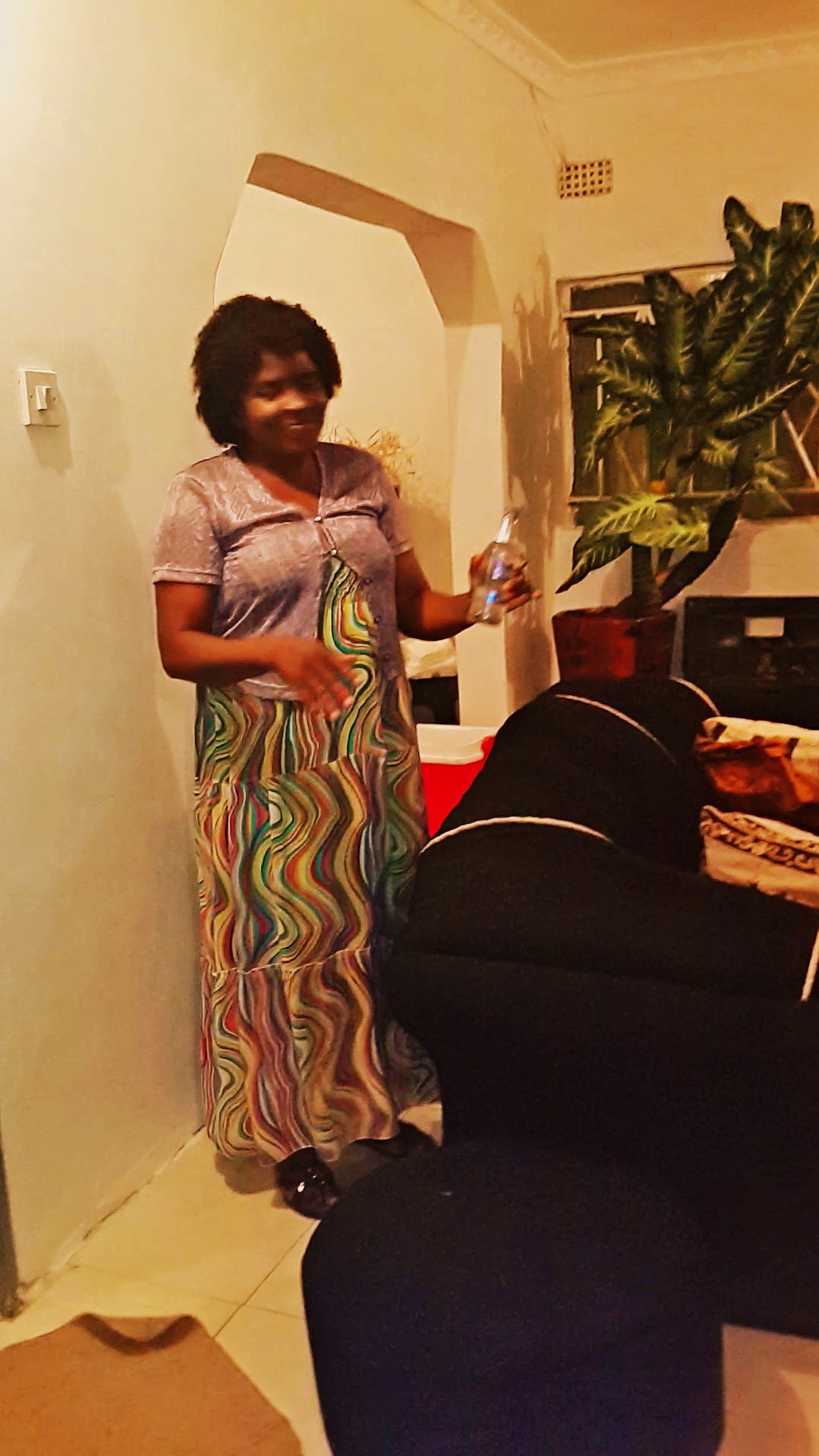 JoyceMember
JoyceMemberThe type of research you are doing determines which stakeholder to involve though you can still capitalise on your past experiences. The stakeholders you network with should have a common interest so that you can share platforms and learn from their failures. This will help to improve on recruitment strategies as you will have started from the known to unknown.
-
04/25/2016 at 5:36 pm #4905
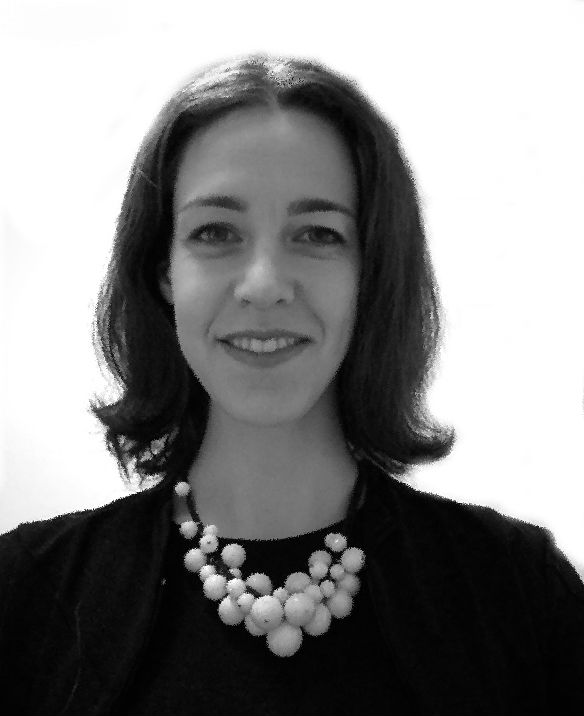 KathrineMember
KathrineMemberHaoyu accurately describes what we have done to date in terms of community engagement — which is engage with the “obvious” community groups who have experience engaging with the clinical research sites already. A stakeholder mapping exercise will be a critical first step and mapping would be useful to conduct both at the national level and at each of the sites. I think it will be useful to think of typologies of stakeholders (local CDC, local CBOs, academic centers, hospitals) and their theoretical importance; then working with local contacts in each site, figure out which actual organization are in operation in that geographic location and figure out how to engage them. One of the stakeholder types whom we engaged early on and would now like to re-engage are social networking sites in China, particularly those focused on MSM, whether they are hook up sites or cultural information exchange type sites. I would be interested whether others have experience engaging these type of websites and whether these types of entities have been useful to engage as stakeholders.
-
04/25/2016 at 3:04 pm #4903
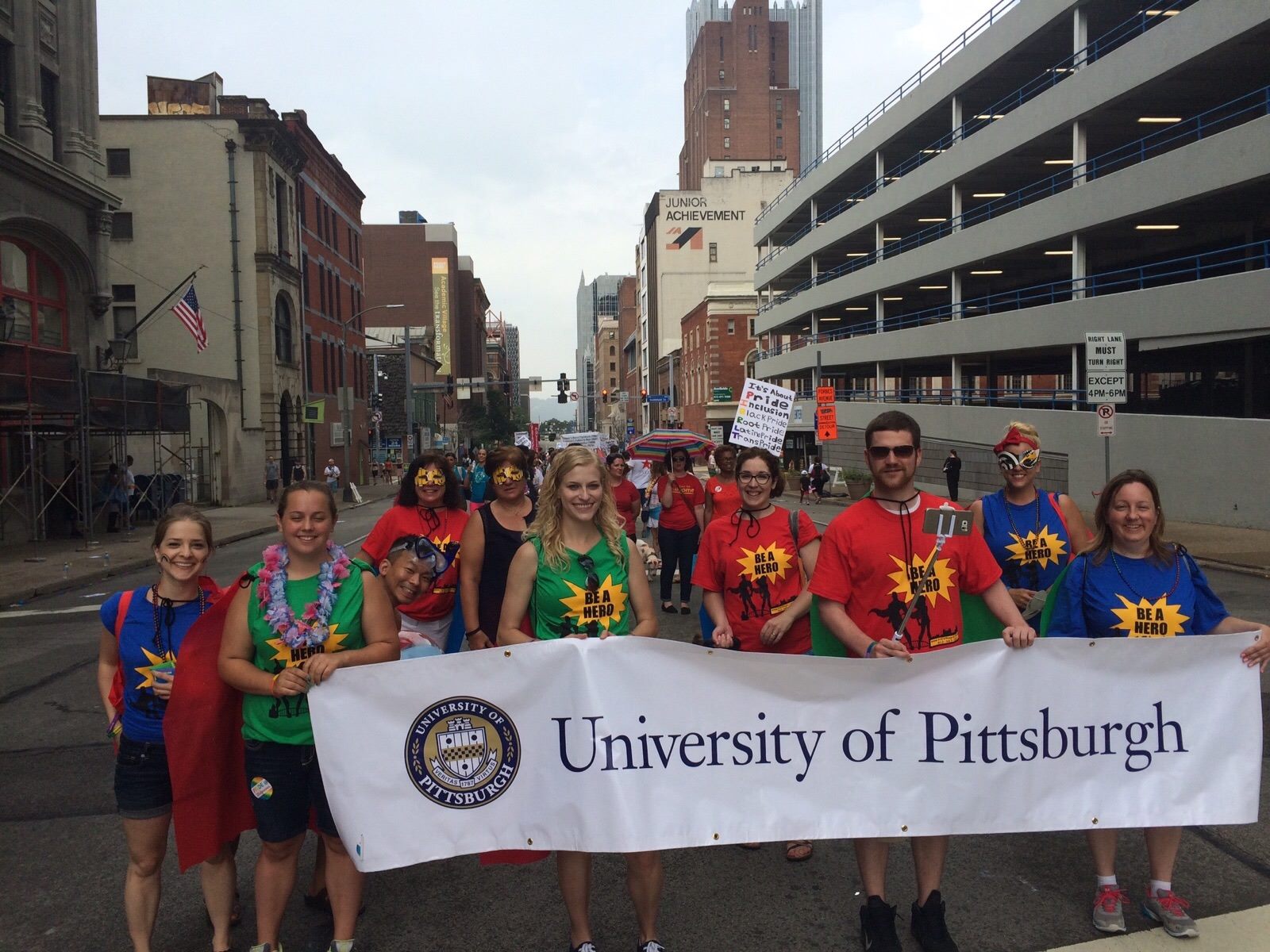 SherriMember
SherriMemberI feel like a lot of what we do is similar to Mark. The “shotgun approach”. We are going to informally try anything that we think of. We use our connections (either from our CAB or others known to us from past engagement) and try to branch out from the networks we already have relationships with. Another thing we do often is re-establish connections with in our already known partnerships. Organizations change and personnel change organizations or departments, so keeping the lines of communication open helps us stay on top of things. Attending strategic planning meetings for our region helps me stay on top of this.
-
04/25/2016 at 1:55 pm #4902
Isaac
MemberAssessment is done at the beginning of a trial and that is looking at the agenda of a trial. The agenda of a trial will help you on how to select and appropriate stakeholder at each stage or phase of a trial. The assessment is done through various ways, such as mapping, focus groups, interviews and conversations with key informants and of course, consultations with the CAB. At each phase of a study there are always stakeholder who will be more important than others depending on the agenda of a trial, objectives and goals.
After stakeholder selection is done, in my case we usually have meetings separately to avoid confusion or misunderstanding among different classes of categories of stakeholders. The groups may be categorized as follows for example, health centre staff for the trial site, Community Advisory Bord (CAB), Traditional healers and other categories.
The aim of the meeting is to introduce the study to all the identified stakeholders first and then then come down to who will be directly involved through out the implementation of the study.It is obvious that depending on a phase and agenda of the study, other stakeholders may be more relevant than the other. This also means that their involvement may differ from one stakeholder to another depending on their knowledge, influence, and regard in the Community and also their willingness to take part in the trial.
Thank you
-
04/25/2016 at 10:06 am #4893
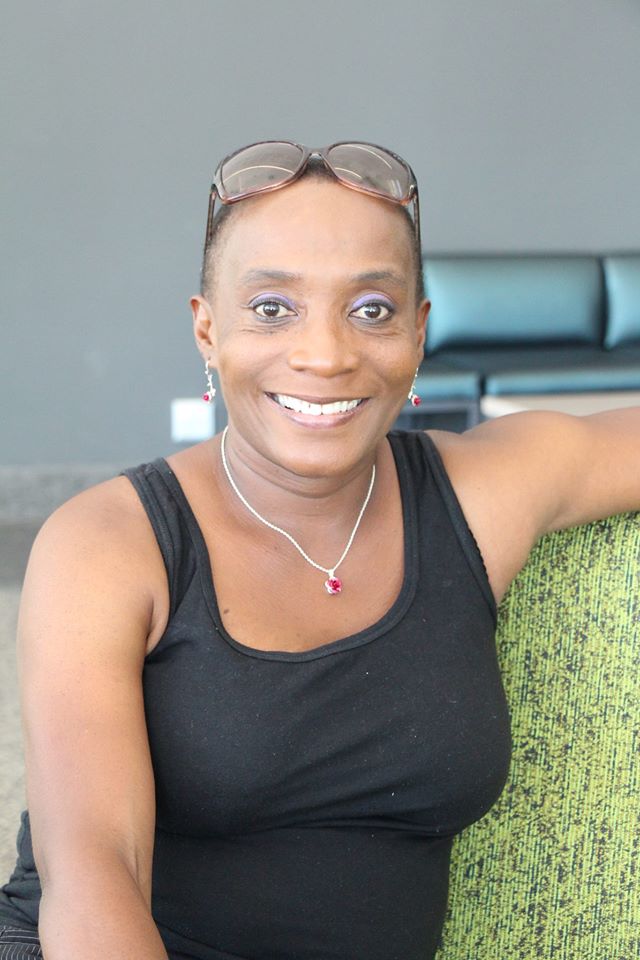 MarieMember
MarieMemberThe interesting part of this course is that I am learning so much about what happens at different sight. And that no one method is wrong. Will be glad to include this facts in conference call discussions on Network level. And as Lucky mentioned, it is also important to maintain the level of interest of stakeholders. I would want to hold a discussion on this topic with my local CABS.
-
04/25/2016 at 9:23 am #4892
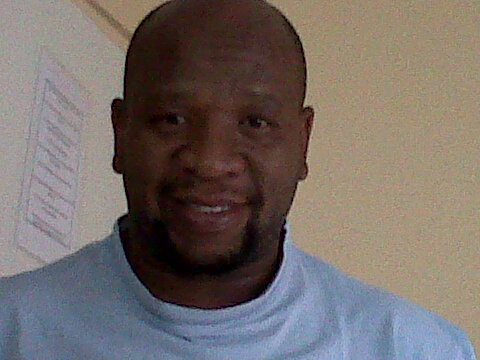 LuckyMember
LuckyMemberDear Colleagues
All stakeholders are important in the clinical research site however it is important a needs assessment is done which builds to something called stakeholder inventory. The stakeholder inventory is categorise according to direct and indirect lists. The lists will help the site to see which stakeholder have a desired interests in the outcome of the trial depending which filed they are in for an example TAC (Treatment Action Campaign) would be mostly interested in development of treatment studies and prevention will second on the list of priority. In this way a site is able to choose stakeholders relevant. for those organisation which are not necessary interested on the outcome but interested to understand and protect the community from harm then are referred as indirect stakeholders. In essence with stakeholder analysis or tool you area be able to select stakeholders that appropriate who will show interest and not get bored along the way. as much as we want everyone to play a role also it is important that we became ethical in involving stakeholders and not to have numbers but quality.
Thanks
Lucky -
04/25/2016 at 6:05 am #4890
 Mahesh RamraoMember
Mahesh RamraoMemberImportance of involvement of one stakeholder over another can be determined by interest, knowledge check about the research, and feedback. I think positive and negative attitude toward the research can differentiate the one stakeholder with others. CAB, CAG plays very important role in providing information about stakeholder so that research team will categories them from one another. Stakeholder mapping tools also help us to categories the different stakeholders on the basis of their importance. We can approach interested stakeholders by using cultural events, NGOs, telephonic conversation, interviews, meetings, media, and past experiences with stakeholders. Some stakeholders are having lots of interest but they can produce less impact on research due to less knowledge about research, If we can respectfully communicate, remove their doubts, motivates them, and increase their research literacy they shows active involvement in the research, lie in one category and fulfill the dream of true stakeholder engagements.
-
04/24/2016 at 4:52 am #4858
Bamidele
MemberAfter the formation CAG in our trial site, we usually call a community meeting and begin the engagement of CAG members and Baale as facilitators at these meetings. Most times we often end our formative research activities with FGDs, addressing stigmatisation, access to and quality of care and what to do during the trial to ensure participants retention.
-
04/24/2016 at 4:45 am #4857
Bamidele
MemberWe always review the recent engagement activities at our clinical site to identify the key stakeholders involved, their roles and the type of research done. Most times these stakeholders include, community leaders (Baale, local chiefs, clerics and politicians), caregivers, household heads, CBOs and NGOs. By prioritizing their relevance, we then engage them. Most often we form CAG among them to bring unity and our CAG composition is not permanent. It varies from one research to another. However, we always involve the Baales for the constitution of these CAGs in our trial sites and we have found their input highly useful.
-
04/23/2016 at 8:38 pm #4854
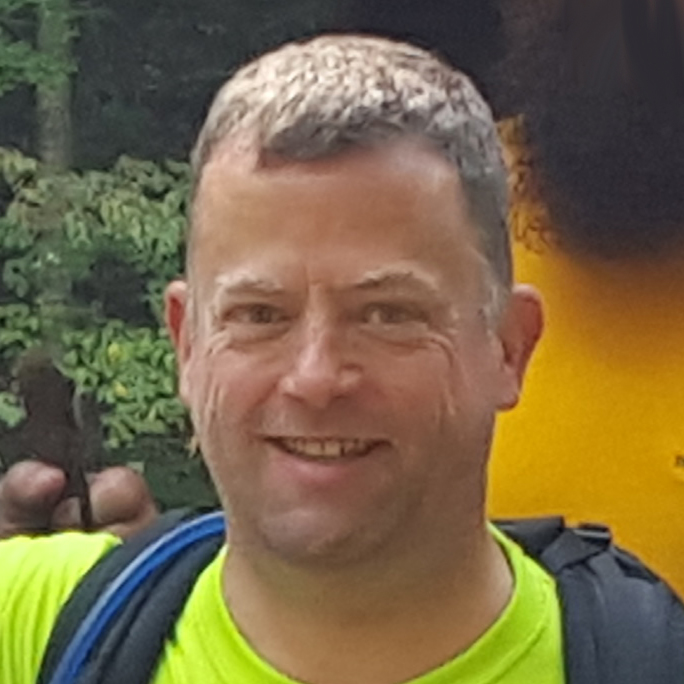 MarkMember
MarkMemberLike Marie, I don’t believe we’ve ever taken a comparative approach.
I’d also say that because in terms of biomedical prevention (vaccine research) we are a very old site with a strong legacy of involvement and (mostly) goodwill there is a lot of existing network infrastructure.
To my knowledge the process has been informal, organic, and we’ve probably never been as systematic or analytic as the processes described in GPP would prescribe.
So to date I would say this:
-> Our process has been organic, informal, and experimental – largely a product of good common-sense relationship building along with a generous amount of trial and error.
-> While this may not have been the most efficient method, it has yielded strong positive results over time.
-> This being the case, subsequent iterations of the process have probably been almost exclusively need driven. By this I mean if there was any structured formal process for seeking new or different stakeholders, it was the result of an identified need or gap.
-> The CAB would most likely be seen only as a source of ideas and suggestions when needs or gaps were identified, but the CAB didn’t engage in a formal prioritization process.
-> Staff might have done work on this outside of the CAB structure informally through conversations and presence / participation in other kinds of community activities
-> Our approach might also be characterized as a “shotgun” approach, meaning that we tried anything and everything to see what might work.In the end, some level of prioritization has inevitably occurred on perceptions of productivity and limitations in terms of time and resources. I doubt any of this has been formally analyzed, mapped, or otherwise documented.
I do think our good fortune could be leading to a kind of inertia that is a barrier to maximizing results.
-
04/23/2016 at 12:51 pm #4852
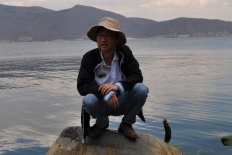 HaoyuMember
HaoyuMemberThis is an interesting question, along with the quadrant chart for this lesson, gets me thinking. I feel like what we have done so far in identifying stakeholders are somewhat obvious and intuitive, or “low-lying fruit”. for example with start with government health authorities, and identify research sites that are most well known and experienced through references by colleagues, and from there come in contact with CBOs and NGOs that have worked with these medical/research centers. Also, we have given talks about our research at large national level conferences on HIV, so potential stakeholders could have heard about our research but haven’t had personal contact with us. Moving forward, we would definitely like to reach more stakeholders, and therefore this question will be important for us to consider. As I mentioned in my assignment, the stakeholder mapping exercise could be very useful for us to do, and the stakeholder priority quadrant would be a useful tool as well. I suppose priority considerations would include what influence each might have on the trial and the level of interest shown by each stakeholder. Of course I think the priority grid should not be rigid and we can move stakeholders around in the grid according to changing situation and need.
-
04/22/2016 at 11:09 am #4845
 EvelienMember
EvelienMemberyou analyse what were the strong and the week points of your trial via self analysis (“lessons learned sessions”) or surveys for stakeholders.
==> some will lead to internal issues that need resolving (resource availability, IMP availability, process flows, workload)…
==> some will lead to external issues that need support (training of teams, communication plans, providing sufficient and correct/needed information, …)you then link them to your goals (improve stakeholder relationships, improve conduct of trial to get IMP to the subjects who need it earlier, …). If you end up with a lot of issues, you determine which ones crossed the critical path or gave the most “negative impact” on the trial and stakeholders.
this way of structural working will provide a priority list of topics that need to be handled. Once these are chosen you see if you have the correct representatives on the table to really do a thorough in-depth conversation around the defined topic. These are mainly people who have a lot of expertise in the field, have large networks on different levels, can really take your question back “to the field” and provide you with the necessary answers. In order to have a satisfactory feeling in the end, it is very important that all participants know what is expected from them and what you can/cannot offer in return. It needs to be clear that you are working on a short term and long term investment in order not to loose them in the end.
-
04/22/2016 at 10:57 am #4843
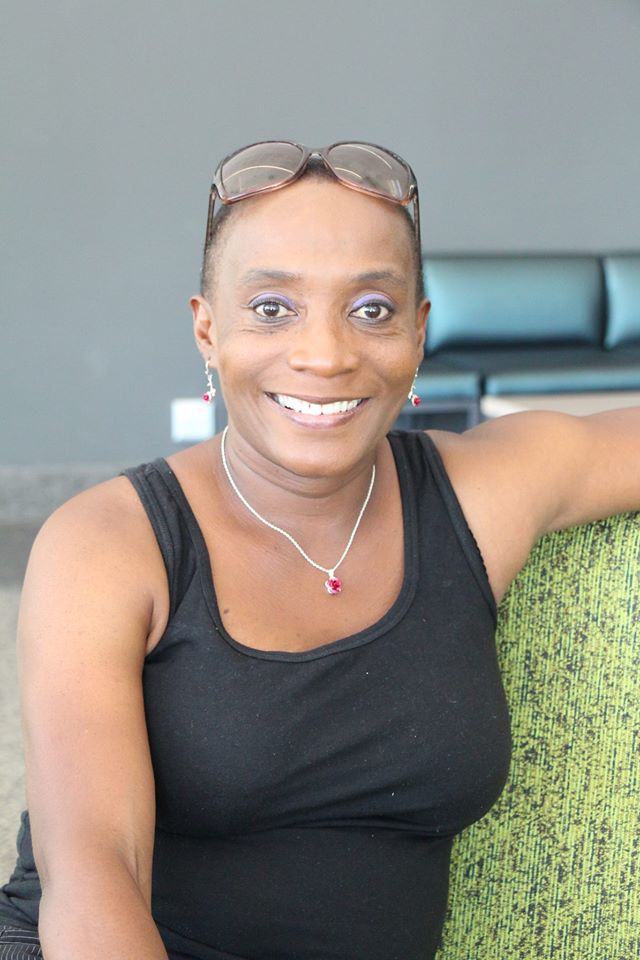 MarieMember
MarieMemberRelationships between stakeholders should firstly not be seen as competition so I wouldn’t call it ” …….involving one stakeholder versus another. ” Co-operation is what we are aiming to achieve throughout the whole research process. Alison, Bernice, Sherri, and the others mentioned very interesting points about their experiences and as Anthonia mentioned, trial participants are different. Those who have been on trials for a long time may not have the same experiences as recent trial participants. In fact the latter would have benefitted greatly from the experiences of the former because that is where we would have learnt or encountered our first teething problems. So to answer the question of what methods or approaches and processes we used, I would say one on one forums involving as many staheholders as possible, giving them the opportunity not just to listen but to facilitate the discussions as well. Panel discussions have always worked well at our sight and we always include adolescent representatives not just from our CAB but other youth organisations within the community. I am very careful though about the use of social media and the content of the discussion on that platform. As far as that is concerned, I make the choice of the person or the group concerned and also ensuring that it is within the framework of the site SOP, so as not to bring the research unit into disrepute as far as ethics are concerned.
-
04/26/2016 at 6:03 am #4909
Alison
MemberMarie, Thanks for your interesting comments. I wanted to ask you more about getting input from adolescents. You mentioned that you involve adolescents from local organisations but can you outline to me a little about how you approach them to get them to come along and be involved… I would like to hear more about the process to get youths involved. Thanks, Alison
-
-
04/21/2016 at 11:48 am #4834
Alison
MemberWe have used the stakeholder mapping tool to try and unpack the importance of different stakeholders. We have sought to do this in collaboration with the team and received all their input as they may have different view points on the importance/ influence of each stakeholder. It is an on-going process as stakeholders positions may change or the landscape changes and this in turn alters their importance / influence.
-
04/21/2016 at 8:31 am #4832
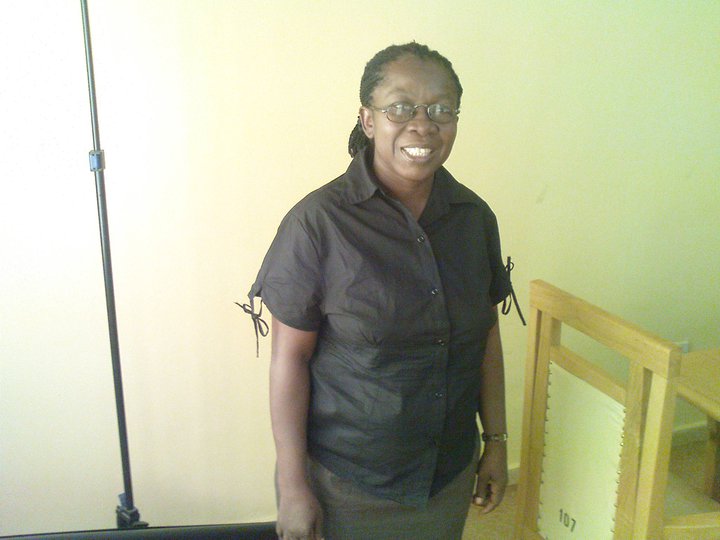 AnthoniaMember
AnthoniaMemberAs we are planning to start a clinical trial on another Ebola vaccine, we tend to have a meeting with our CAB members to discuss on the other stakeholders we will involve and how to go about it considering positive or negative attitude people may have regarding clinical trials. We conducted survey on our trial participants and their response geared towards working with other stakeholders. We are doing this because the trial participants will be different from those who took part in the on going trial so we need to involve different stakeholders.
-
04/20/2016 at 7:55 pm #4828
 BerniceMember
BerniceMemberWe determine the importance of involving one stakeholder versus another based on information from survey and their expected contributions/roles to achieve our goal.
Other attributes are their knowledge, influence, and regard in the Community. Their willingness to be involved is important but if otherwise we just have to get them involved. The methods we usually apply include having in depth interviews with them to access their opinions. Also with the help of CAB, organize meetings, giving them updates on the trial and Educating them generally on the trial including the benefits of the trial. -
04/20/2016 at 5:43 pm #4825
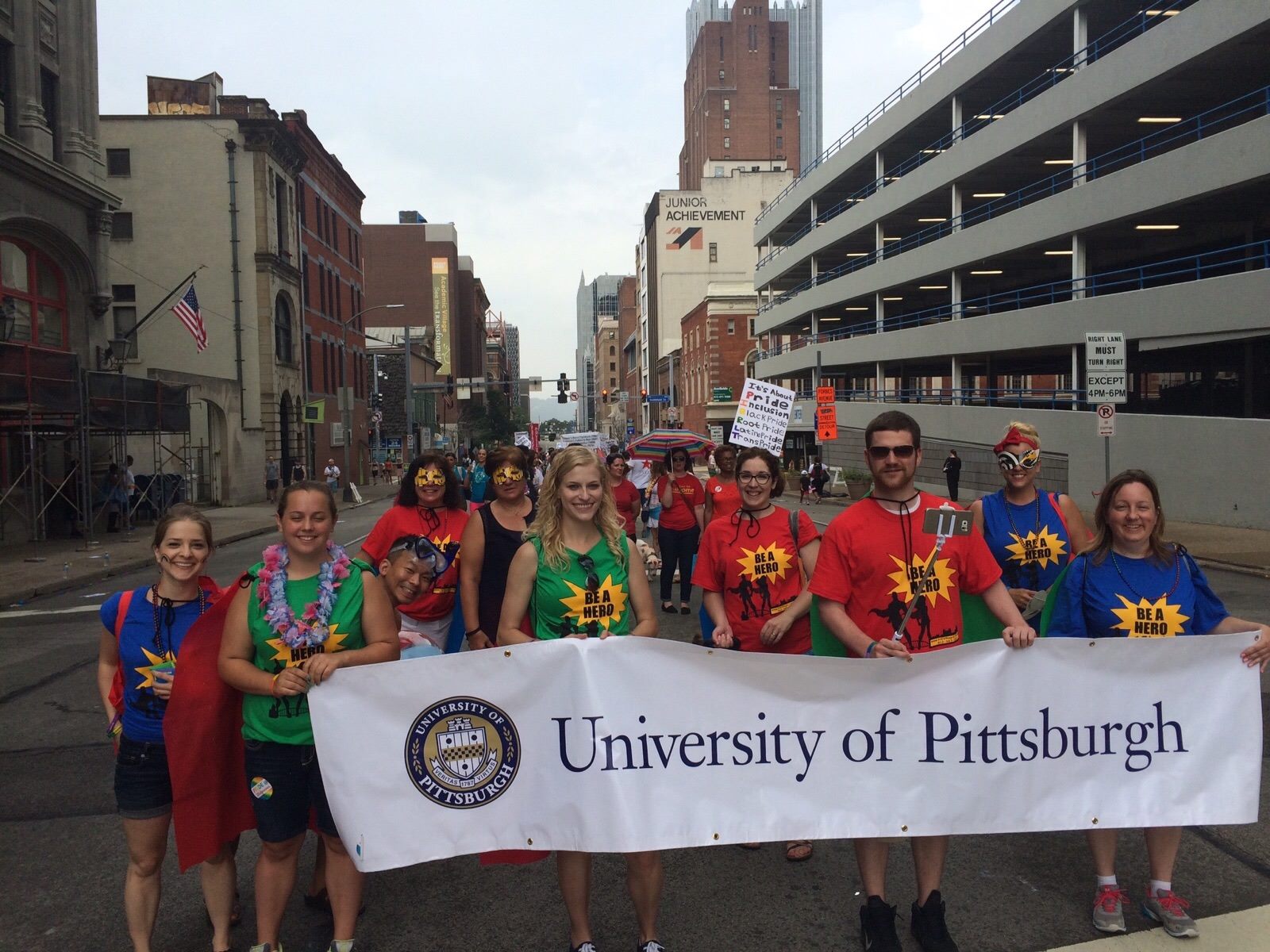 SherriMember
SherriMemberThe first thing we do is consult our CAB to get suggestions as to who may be interested and invested in the research. Then we sit as a group and brainstorm possible interested parties. If we have a study that is similar to a previous study, I will sometimes reach out to those past participants to see if they have any ideas (and to see if they may be interested). We then contact those possible stakeholders. I usually contact them through social media, email, phone calls and sometimes letters. If I am looking into stakeholders I haven’t worked with in the past, I will call upon my contacts from CAB, research staff or other stakeholders to have an introduction and them will schedule a meeting to discuss our program and to get info.
I think time spent trying to communicate with the possible stakeholder correlates to how much we feel we will be able to have a long term partnership with that stakeholder. We are going to send out general information to anyone we think may be interested in the study, but we will spend more time building relationships with groups/organizations/stakeholders who may have a long lasting relationship with us.
-
04/20/2016 at 1:15 pm #4822
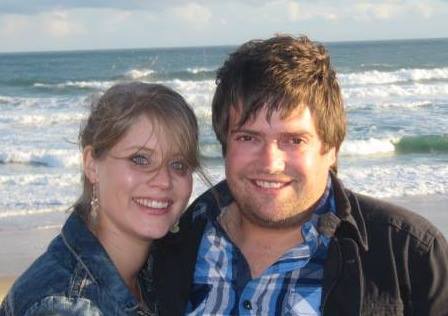 LarissaMember
LarissaMemberWe assessed the stakeholders on importance for the research trial by checking their interest and influence, as described in module 4. Some stakeholders are very interested, but won’t have a big influence on the research itself or on helping with recruitment, but we felt we were responsible to keep them informed on the trial, as they were so interested, they are still the biggest group of stakeholders within our community. We also noted that there are some influential stakeholders, that weren’t interested, so by keeping them up to date when necessary, we hope to gain their interest for the study, but even now that we’ve disseminated the results of the clinical trial conducted, it’s hard to get their full attention. I hope these stakeholders become more interactive once the product is licensed.
To determine the stakeholder groups and keep them informed, we host community meetings and events. We have a Community Advisory Group who helps us for this research and 3 Advocacy Groups that help with organizing events and dialogues in the community. We also have 2 Participant Adherence Events per month, whereby participants provide feedback on the research.
Looking forward to hear stories from others!
-
05/18/2016 at 2:28 pm #5088
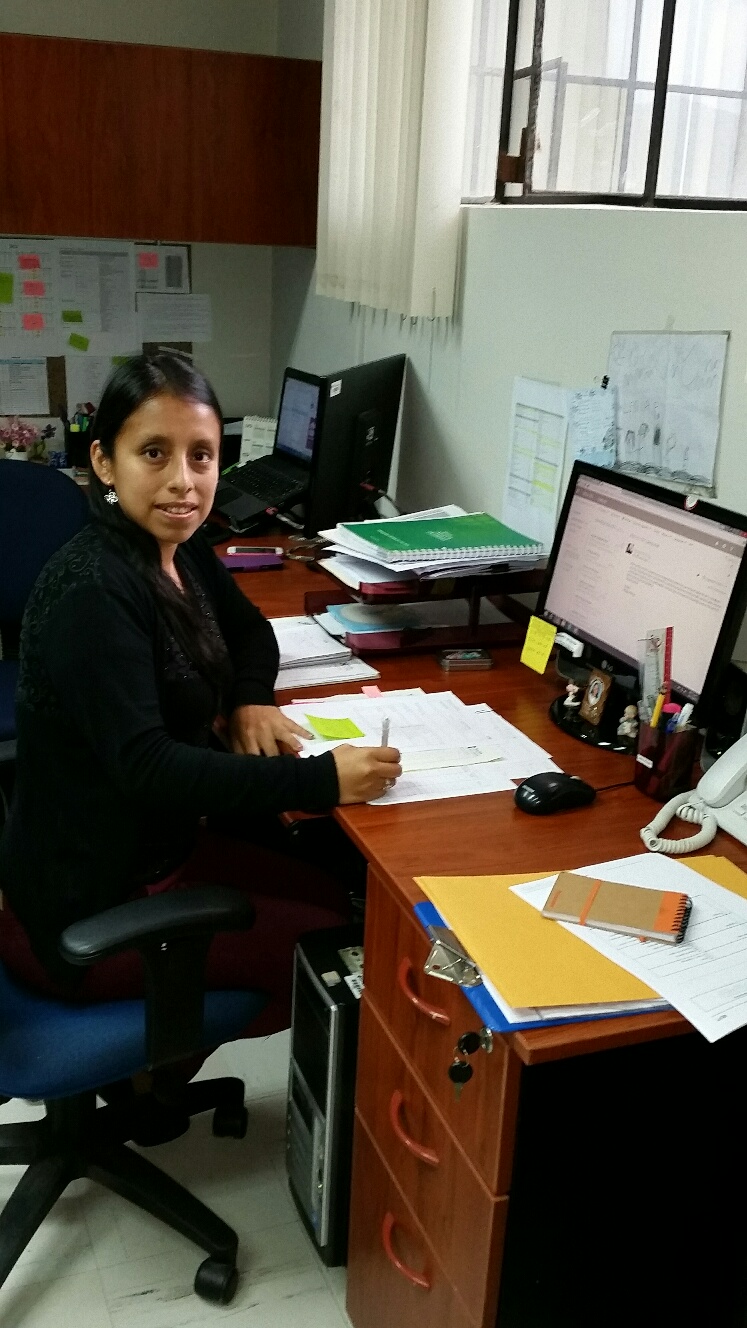 CynthiaMember
CynthiaMemberIn my experience and because at the moment we don´t have of trained stakeholders whom have to complete their role in research they are involved, it should be necessary go with the first step which is identify and training them, in this way it should ensure a well-trained and conscientious stakeholders of their work in their communities and during the conduction of research.
I would identify key people in their communities, which participate in local events or meetings, at the same time I would consider ex-participants from clinical trials as potential stakeholders because they have their own experiences since they know in firsthand the importance of developing research to improve the knowledge and the fight against different diseases.
-
This reply was modified 8 years, 10 months ago by
 Cynthia.
Cynthia.
-
This reply was modified 8 years, 10 months ago by
-
04/28/2016 at 1:31 pm #4925
Isaac
MemberJessica – That is very true. That is why in my case i try and make sure my CAB membership is up to date with full community representation, e.g police, area councilor(politically), traditional healers, women association, Muslim society, churches, schools, study site health facility and others. this helps not to have gaps in the process of study implementation.
Bernice – You almost do what we do at my site in-terms of stakeholder identification/selection, i like your explanation.
-
This reply was modified 8 years, 11 months ago by
Isaac.
-
This reply was modified 8 years, 11 months ago by
-
-
AuthorReplies
- The forum ‘GPP Online Course Forum_March 2016’ is closed to new topics and replies.


